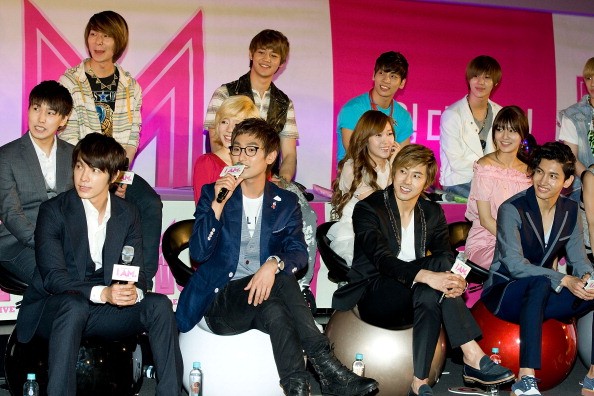The trend of "hallyu," the term for the global Korean pop culture following leads to the expansion of Korean culture to the world. K-Pop draws many people to Korean-made products and has established itself a unique genre in the global music market.
Korean music sales and related television shows, animations, games, films and other publishing earned South Korea almost $5 billion in 2015, CNN reported. How hallyu started can be traced in 1996, when the five-member K-Pop boy group from SM Entertainment, H.O.T. debuted.
H.O.T. dominated K-Pop from 1996 to 2001. It was the first act to hold concerts in Beijing, China's Workers' Gymnasium, drawing 10,000 fans. The Chinese media termed the craze as "hallyu," and later used the word to describe the fame of Korean stars.
H.O.T. built a new idol culture with a distinctive South Korean style. Aside from the mellow love songs, they staged several hit songs, like "Hope," "Line Up," "Outside Castle" and "I Yah" with messages that went against stereotypes and taboos.
The boy band was among the early hits from the idol incubation system of its agency, which is the country's largest entertainment firm. SM Entertainment trained its idols systematically - from dancing, singing to learning foreign languages. Idols from China and Japan were never trained that way in those days, according to Yonhap News.
After H.O.T., SM debuted Boa, its K-Pop solo diva in Japan, where she topped the Oricon, the country's leading music chart in 2002. SM also debuted all-girl group S.E.S. who also enjoyed success.
SM then introduced its second-generation K-Pop idol groups, such as TVXQ and pinpointed China as its largest overseas audience. Then followed Super Junior, Girls' Generation, SHINee and f(x) that became famous in Southeast Asian countries especially Japan and China. Similarly, singer-actor Rain was among Time magazine's 100 most influential people in 2006.
The second-largest entertainment agency, YG Entertainment also introduced Psy, BIGBANG and 2NE1, while the third-largest firm JYP introduced Wonder Girls, 2AM and 2PM. The market value of Korean idol group has grown larger.
The Korean pop culture then gained more diverse following. The idol culture was not only for teens but has embraced more age groups, like those aged 30 and up. Entertainment companies began business partnerships, acquisition deals with foreign firms, even exporting their idol creation system to Vietnam, China and Thailand.
Here is one of the music videos of H.O.T.:



























